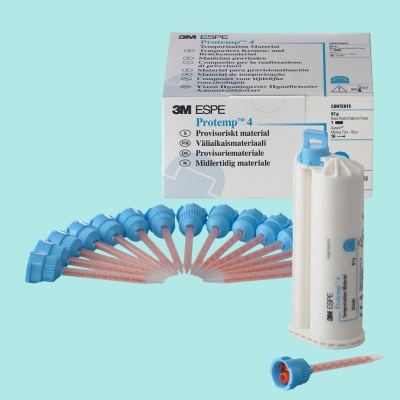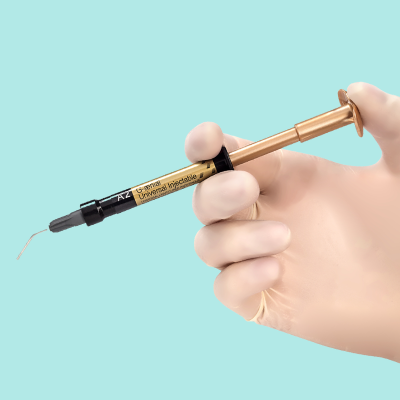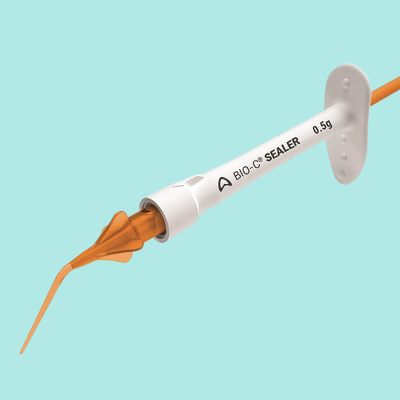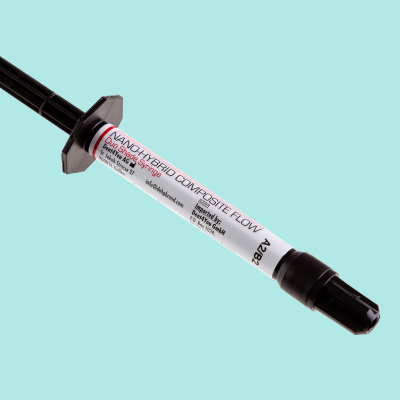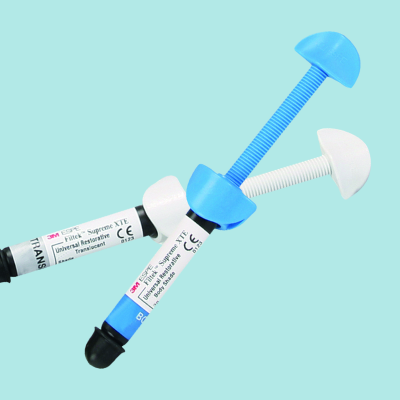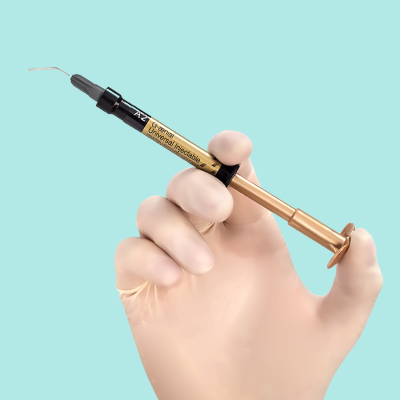Dental implants are often considered the best treatment for missing teeth. They offer a more permanent solution than bridges and dentures and can provide decades of healthy functionality. Though implants have a high success rate, they can fail for several different reasons related to bone health, materials used and patient oral hygiene. The chances of implant success can be improved with the right technique, equipment and patient management.
How Popular Are Dental Implants in the UK?
The popularity of dental implants has been growing for several years. The most recent estimate was that 130,000 individual implants are placed in the UK every year (Association of Dental Implantology, 2012). This figure is believed to have increased significantly and perhaps doubled. The European dental implants market was worth 1.4 billion dollars in the year 2021 and the market is projected to grow at a rate of 8.4%, with revenues reaching 2.5 billion dollars by 2028.
This rise in popularity can be attributed in large part to a growing geriatric population, the demand for aesthetic dentistry and advances in implant technology. Implant technology has evolved enormously in recent years with digital photography, 3D scanning and 3D printing improving the accuracy of restorations and implant abutments. The increased use of CT scans has also helped lead to safer and more predictable implant placement.
The benefits of dental implants to patients include:
- Implants look and function like natural teeth
- Last for twenty-five years or longer
- Strengthen general oral health and can improve nutrition intake
- Allow normal eating and drinking
- Easy to clean and care for
- Reduce the risk of bone loss in the mouth
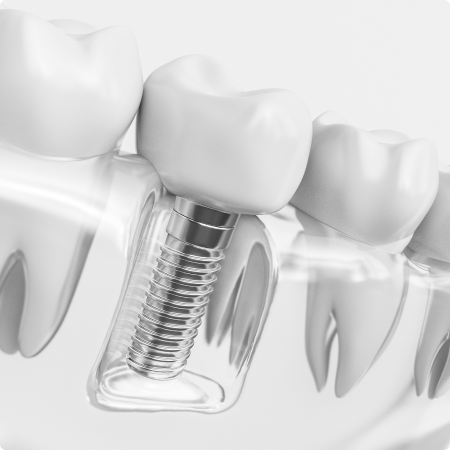
What is the Success Rate of Dental Implants?
Dental implant surgery is one of the most successful dental procedures available, but failures still occur for many reasons. Studies have shown that somewhere between 3% and 5% of dental implants fail. This can occur immediately following the implant procedure, or months or years later. Success or failure depends primarily on the thickness and health of the bone and gingival tissues that surround the implant, but also on the health of the patient and the amount of stress that will be put on the implant and fixture during normal function. The most important factor related to implant success is primary implant stability.
What is Primary Implant Stability?
Implant stability relates to the stability of a dental implant in a patient’s bone tissue after implementation and during the process of bone regrowth into the implant (osseointegration). The stability of the implant immediately after placement into the bone is referred to as primary stability and the stability of the implant during osteointegration and the healing process is referred to as secondary stability. Primary stability is critical to implantation success. Insufficient primary stability, or high initial implant mobility, can lead to failure.
How to Measure Primary Implant Stability

Osstell Beacon
How to Measure Primary Implant Stability

Osstell Beacon
Why Else Do Dental Implants Fail
Dental implants can also fail for the following reasons:
- Misalignment of the implant: When the implant doesn’t align with the bone, the crowns can look unnatural, the gums can recede and the implant becomes visible around the gum.
- Impressions lack detail: If the impressions are not precise the replacement teeth may not fit properly.
- Peri-implantis: inflammation of the tissue surrounding the dental implant, resulting in infection and potential bone loss. Patients most at risk of this are smokers and those with bad oral hygiene.
- Failure of the implant: It is possible for the metal implant itself to become loose. This can cause the implant to fracture.
- Trauma: a blow to the jaw or injury to the implant area could cause it to come loose or fall out.
- Medical conditions: Conditions such as diabetes, gum disease, or cancer may slow the healing process following implant surgery.
- Excessive heating of the bone during drilling: Avoid excessive temperature generation during surgical drilling. Temperatures more than 47 °C can result in osseous necrosis.
- Old implants: Implants placed many years ago may simply have worn out and need replacing.
Promoting Oral Hygiene to Implant Patients

Implant Care Kit
Promoting Oral Hygiene to Implant Patients







